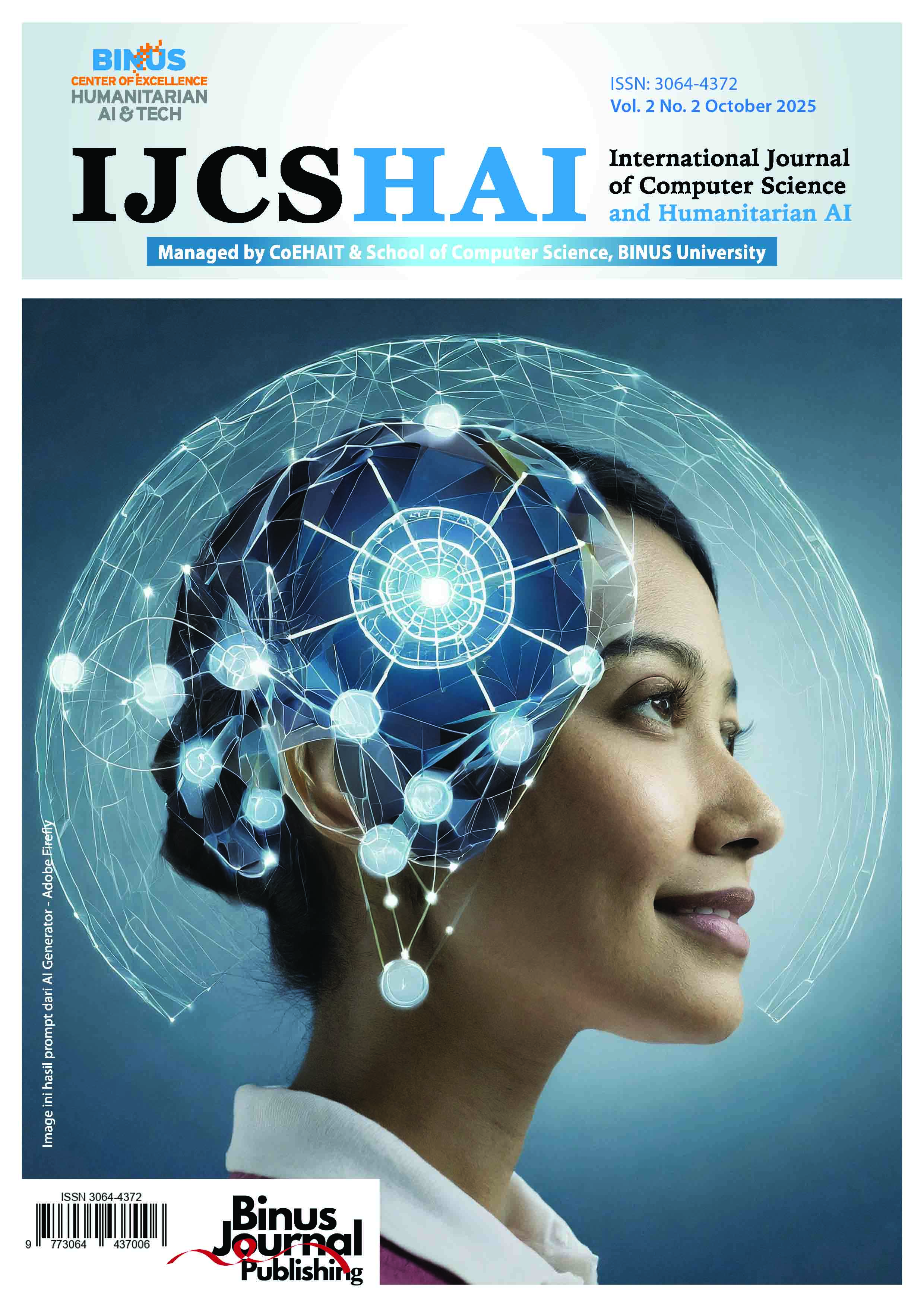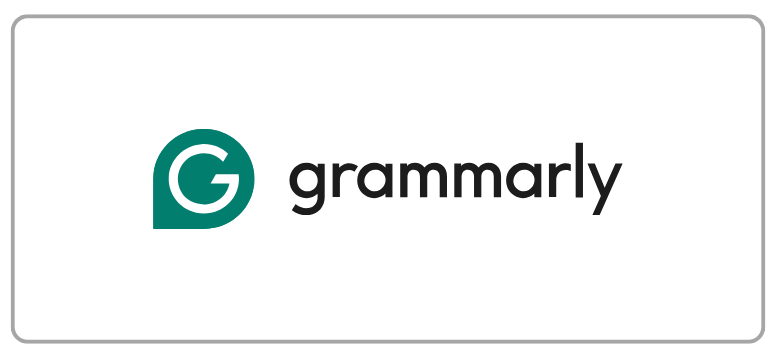Developing Intelligent GeoDashboard Platform for the Downstream of Nickel, Bauxite, Cobalt, and Silica: Systematic Literature Review
DOI:
https://doi.org/10.21512/ijcshai.v2i2.14415Keywords:
PetaHilirisasi, GeoDashboard, Downstream, Nickel, Bauxite, Cobalt, SilicaAbstract
Indonesia possesses abundant natural resources, including nickel, bauxite, cobalt, and silica, which are essential for industries such as battery production, construction, and green technology. To maximize their economic value, the Indonesian government has implemented downstream policies that require domestic processing before export. Effective resource management is crucial for the success of these policies and the national economy. This study conducts a systematic literature review to examine how downstream policies are implemented in different countries (RQ1), analyze cases of downstream disputes and their solutions (RQ2), and explore the impact of technology and Global Value Chains (GVCs) on these policies (RQ3). A structured methodology is used to collect and analyze relevant literature, highlighting best practices and key challenges. Findings show that countries with strong regulations and technological innovation achieve better downstream outcomes. Past disputes reveal the need for strategic policymaking and technological adaptation to avoid risks. In this context, the PetaHilirisasi platform offers a smart solution by integrating geospatial technology and artificial intelligence to monitor and manage mineral resources efficiently. This platform helps optimize downstream processes, improve operational efficiency, and reduce environmental impact. PetaHilirisasi demonstrates the potential of digital solutions in strengthening Indonesia’s downstream sector. By leveraging technology, Indonesia can enhance the value of its natural resources while promoting sustainable development in the mineral industry,
References
[1] Denhere, R., Zvarivadza, T., & Sengani, F. (2019). Deriving best value out of Zimbabwe’s mineral wealth to enhance sustainable economic development. IMCET 2019 - Proceedings of the 26th International Mining Congress and Exhibition of Turkey, 1479–1487.
[2] Östensson, O. (2019). Promoting downstream processing: resource nationalism or industrial policy? Mineral Economics, 32(2), 205–212. https://doi.org/10.1007/s13563-019-00170-x
[3] Chitaka, T. Y., von Blottnitz, H., & Cohen, B. (2018). The role of decision support frameworks in industrial policy development: A South African iron and steel scrap case study. Sustainable Production and Consumption, 13, 113–125. https://doi.org/10.1016/j.spc.2017.11.004
[4] Sinclair, L., & Coe, N. M. (2024). Critical mineral strategies in Australia: Industrial upgrading without environmental or social upgrading. Resources Policy, 91. https://doi.org/10.1016/j.resourpol.2024.104860
[5] Han, L., Chen, X. H., Wang, Y., & Hoang, Y. H. (2024). Examining the impact of mineral export controls on sustainable energy transition in the global south. Resources Policy, 98. https://doi.org/10.1016/j.resourpol.2024.105289
[6] Magno, C. D., & Guzman, R. R. S. (2021). Energy and the viability of downstream integration: Cross-country evidence from the copper industry. Extractive Industries and Society, 8(3). https://doi.org/10.1016/j.exis.2021.100947
[7] Ho, S., Qian, N., & Yan, Y. (2019). The role of ideas in the China-India water dispute. Chinese Journal of International Politics, 12(2), 263–294. https://doi.org/10.1093/cjip/poz005
[8] Onishi, K. (2007). Interstate negotiation mechanisms for cooperation in the Mekong River Basin. Water International, 32(4), 524–537. https://doi.org/10.1080/02508060.2007.9709686
[9] Krustiyati, A., & Gea, G. V. V. G. V. V. G. V. V. (2023). The Paradox of Downstream Mining Industry Development in Indonesia: Analysis and Challenges. Sriwijaya Law Review, 7(2), 335–349. https://doi.org/10.28946/slrev.Vol7.Iss2.2734.pp335-349
[10] Zaki, M. R. S. M. R. S. M. R. S., Armanto, M. H., Albar, R. A. H. R. A. H., & Koos, S. (2023). Safeguarding Sovereignty: Indonesia’s Solution to the Raw Materials Case in WTO. Indonesian Journal of International Law, 20(4). https://doi.org/10.17304/ijil.vol20.4.5
[11] Gunawan, Y., Nur Rifqi Amirullah, M., & Hazyar Arumbinang, M. (2023). ICJ Jurisdiction Over the Case of Policy to Stop Nickel Exports: European Union v. Indonesia. Jambe Law Journal, 6(1), 1 – 22. https://doi.org/10.22437/jlj.6.1.1-22
[12] Widiatedja, I. G. N. P. (2021). Indonesia’s Export Ban on Nickel Ore: Does It Violate the World Trade Organization (WTO) Rules? Journal of World Trade, 55(Issue 4), 667–696. https://doi.org/10.54648/TRAD2021028
[13] Organization, W. T. (2015). China — Measures related to the exportation of rare earths, tungsten, and molybdenum (DS431). https://docs.wto.org/dol2fe/Pages/SS/directdoc.aspx?filename=q:/WT/DS/431 -17.pdf&Open=True
[14] Warburton, E. (2024). Nationalist enclaves: Industrialising the critical mineral boom in Indonesia. The Extractive Industries and Society, 20, 101564. https://doi.org/10.1016/j.exis.2024.101564
[15] E. Ayuk et al., "Mineral Resource Governance in the 21st Century: Gearing extractive industries towards sustainable development," International Resource Panel, United Nations Environment Programme, Nairobi, Kenya, 2020. https://orbi.uliege.be/handle/2268/254890.
[16] United Nations Conference on Trade and Development (UNCTAD). (2017). World investment report 2017: Investment and the digital economy. United Nations. https://unctad.org/publication/world-investment-report-2017
[17] United Nations Conference on Trade and Development (UNCTAD). (2018). World investment report 2018: Investment and new industrial policies. United Nations. https://unctad.org/publication/world-investment-report-2018
[18] United Nations Conference on Trade and Development (UNCTAD). (2013). World investment report 2013: Global value chains: Investment and trade for development. United Nations. https://unctad.org/publication/world-investment-report-2013
[19] United Nations Conference on Trade and Development (UNCTAD). (2020). World investment report 2020: International production beyond the pandemic. United Nations. https://unctad.org/publication/world-investment-report-2020
[20] C. L. R. Laing, “The impact of digital technologies on the engineering profession,” Philosophical Transactions of the Royal Society A: Mathematical, Physical and Engineering Sciences, vol. 371, no. 1987, p. 20120496, 2013. https://royalsocietypublishing.org/doi/full/10.1098/rsta.2012.0496
[21] B. Hu, S. Luk, and P. Filip, "Friction and wear responses with metallic composite materials to replace copper and copper alloys in brake pad formulations," SAE Technical Paper, no. 2016-01-1912, 2016, doi: https://doi.org/10.4271/2016-01-1912.
[22] A. Bleischwitz, S. Dittrich, and J. Van der Voet, “Resource efficiency and circular economy in Europe: A macro-economic perspective,” Nature Sustainability, vol. 3, no. 11, pp. 848–854, 2020. https://www.nature.com/articles/s41893-020-00607-0
[23] R. Strange, "The 2020 Covid-19 pandemic and global value chains," J. Ind. Bus. Econ., vol. 47, no. 3, pp. 455–465, 2020. https://doi.org/10.1007/s40812-020-00162-x.
[24] H. Simola, "The impact of Covid-19 on global value chains," Bank of Finland Inst. for Economies in Transition (BOFIT) Policy Brief, 2021. https://publications.bof.fi/handle/10024/44890.
[25] F. Rosada, R. A. Arya Wibisana, and A. K. Paksi, “The Impact of Indonesia-China Nickel Cooperations on Indonesia’s Economy and Environmental Challenges,” Nation State: Journal of International Studies, vol. 6, no. 2, pp. 96–116, Dec. 2023. doi: 10.24076/nsjis.v6i2.1270.
[26] J. Neilson, A. Dwiartama, N. Fold, and D. Permadi, "Resource-based industrial policy in an era of global production networks: Strategic coupling in the Indonesian cocoa sector," World Development, vol. 135, p. 105045, 2020. Available: https://www.sciencedirect.com/science/article/pii/S0305750X20301716?via%3Dihub
[27] F. T. Wau, M. A. Kiton, M. Wau, and J. F. Fau, "Analisis Strategis Kebijakan Hilirisasi Mineral: Implikasi Ekonomi dan Pengaruhnya terhadap Perekonomian Indonesia," Journal Publicuho, vol. 7, no. 3, 2024. Available: https://doi.org/10.35817/publicuho.v7i3.481
[28] X. Wang and Z. Wang, "Is China able to export its developmental model? Upstream–downstream integration in Sino–African petroleum engagement," Transnational Corporations Review, vol. 12, no. 1, pp. 24–36, 2020. Available: https://www.sciencedirect.com/science/article/pii/S1925209924001049?via%3Dihub
[29] M. H. Barizi and R. Triarda, “Rantai Pasokan Global dan Nasionalisme Sumber Daya Alam: Kajian Terkait Hilirisasi Nikel di Indonesia,” Indonesian Journal of International Relations, 2023. Available: https://www.semanticscholar.org/paper/RANTAI-PASOKAN-GLOBAL-DAN-NASIONALISME-SUMBER-DAYA-Barizi-Triarda/a3e9a9dfdf3e7bd5738b5ffaece8400186b4cea6?utm_source=consensus
[30] T. R. Mwesiga, A. L. Kaswamila, and A. E. Mwakipesile, “Resource nationalism and community benefits,” Journal of the Geographical Association of Tanzania, 2023. doi: https://doi.org/10.56279/jgat.v43i1.266
Downloads
Published
How to Cite
Issue
Section
License
Copyright (c) 2025 Andrea Sutanto, Raditya Tamam, Alexander Agung Santoso Gunawan

This work is licensed under a Creative Commons Attribution-ShareAlike 4.0 International License.
Authors who publish with this journal agree to the following terms:
- Authors retain copyright and grant the journal right of first publication with the work simultaneously licensed under a Creative Commons Attribution License - Share Alike that allows others to share the work with an acknowledgment of the work's authorship and initial publication in this journal.
- Authors are able to enter into separate, additional contractual arrangements for the non-exclusive distribution of the journal's published version of the work (e.g., post it to an institutional repository or publish it in a book), with an acknowledgment of its initial publication in this journal.
- Authors are permitted and encouraged to post their work online (e.g., in institutional repositories or on their website) prior to and during the submission process, as it can lead to productive exchanges, as well as earlier and greater citation of published work.
USER RIGHTS
All articles published Open Access will be immediately and permanently free for everyone to read and download. We are continuously working with our author communities to select the best choice of license options, currently being defined for this journal as follows: Creative Commons Attribution-Share Alike (CC BY-SA)





